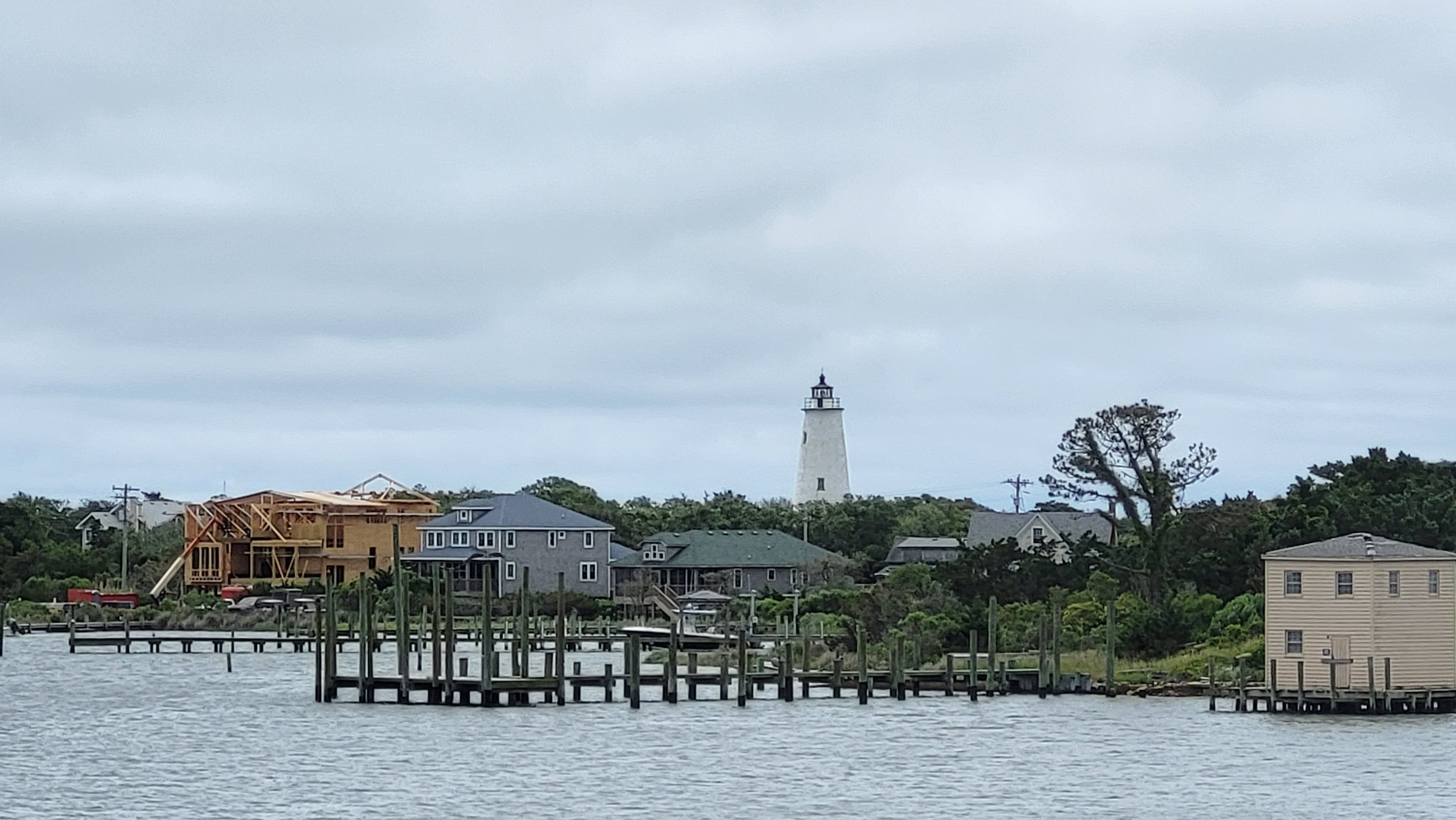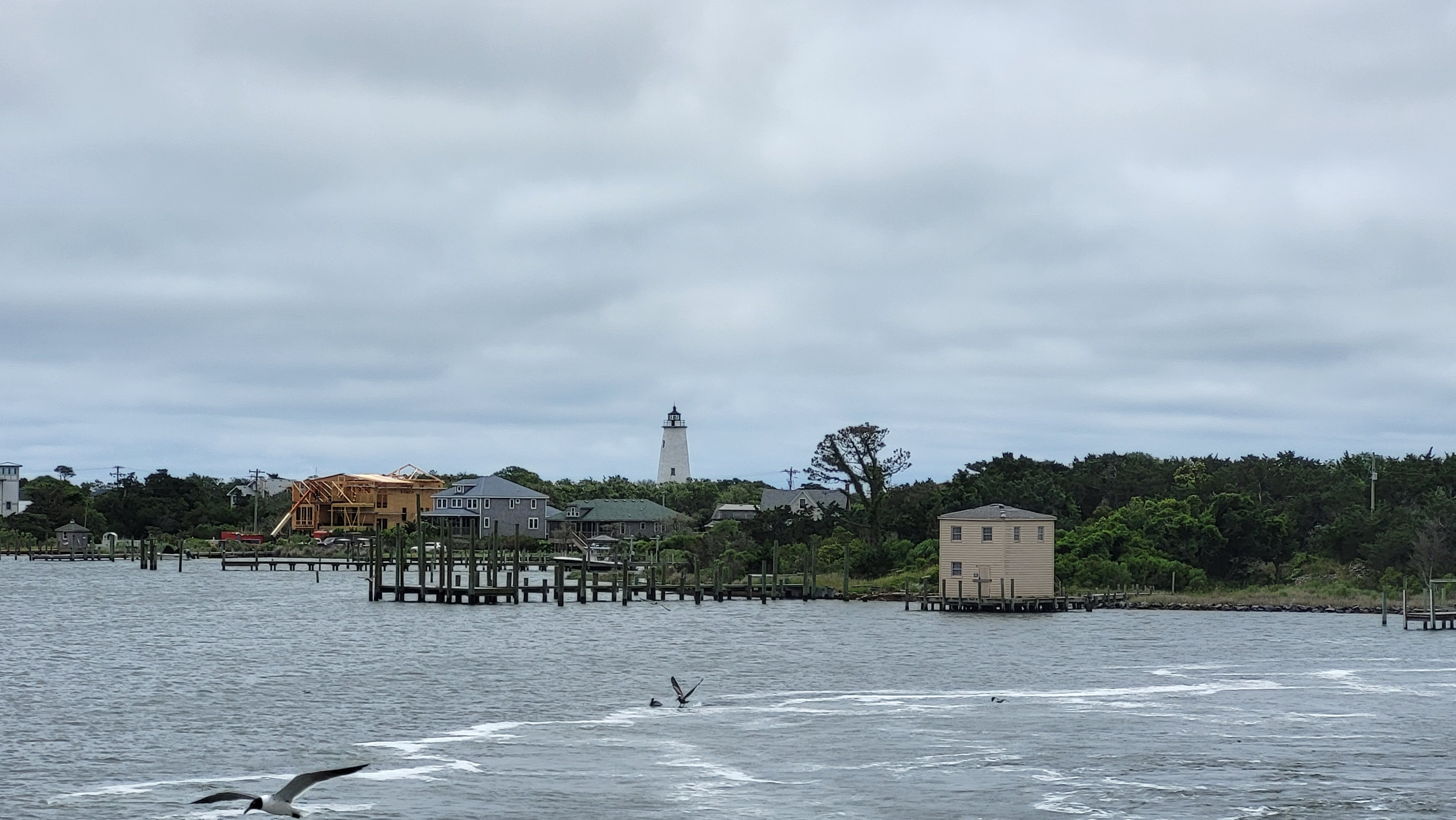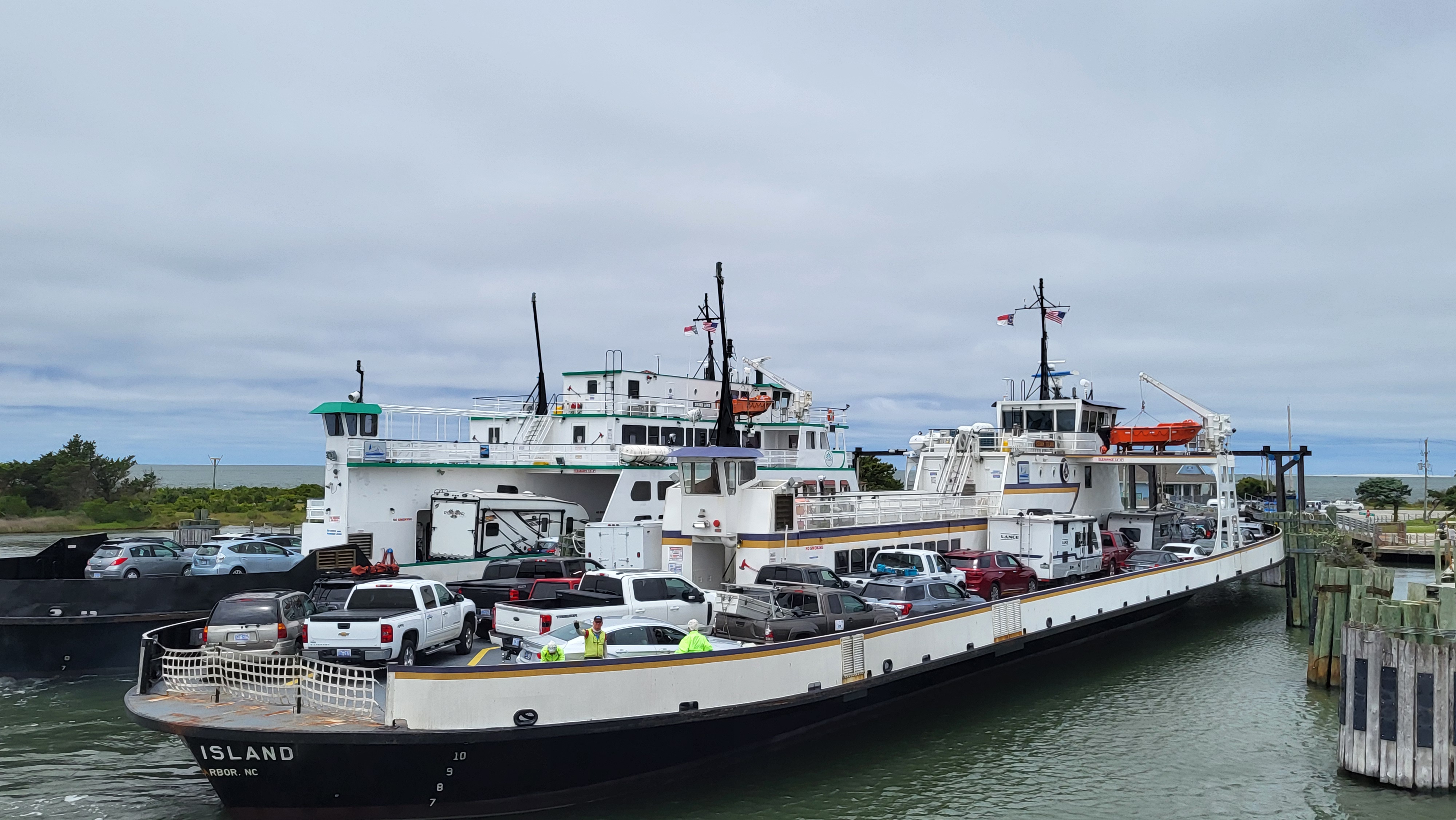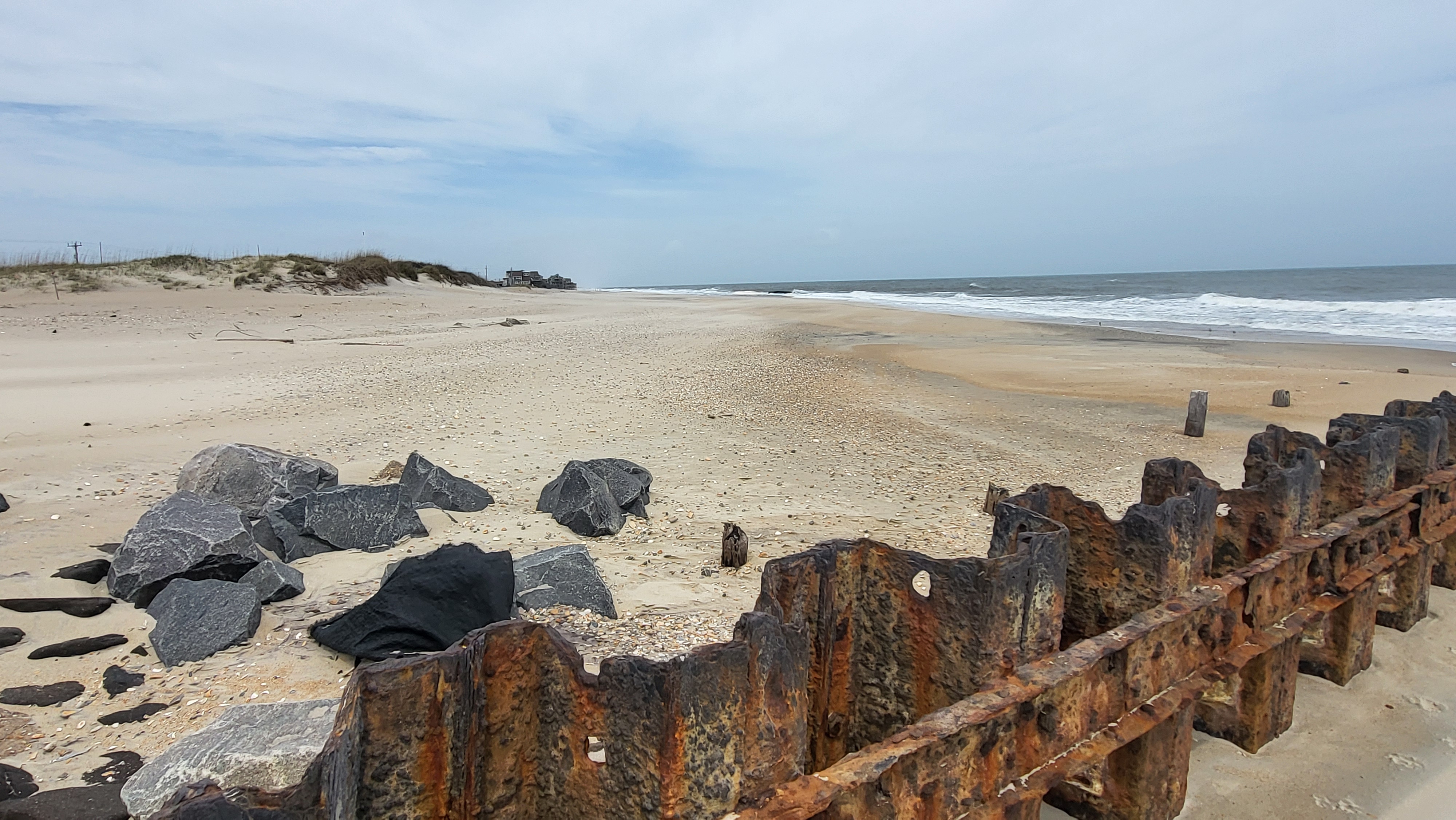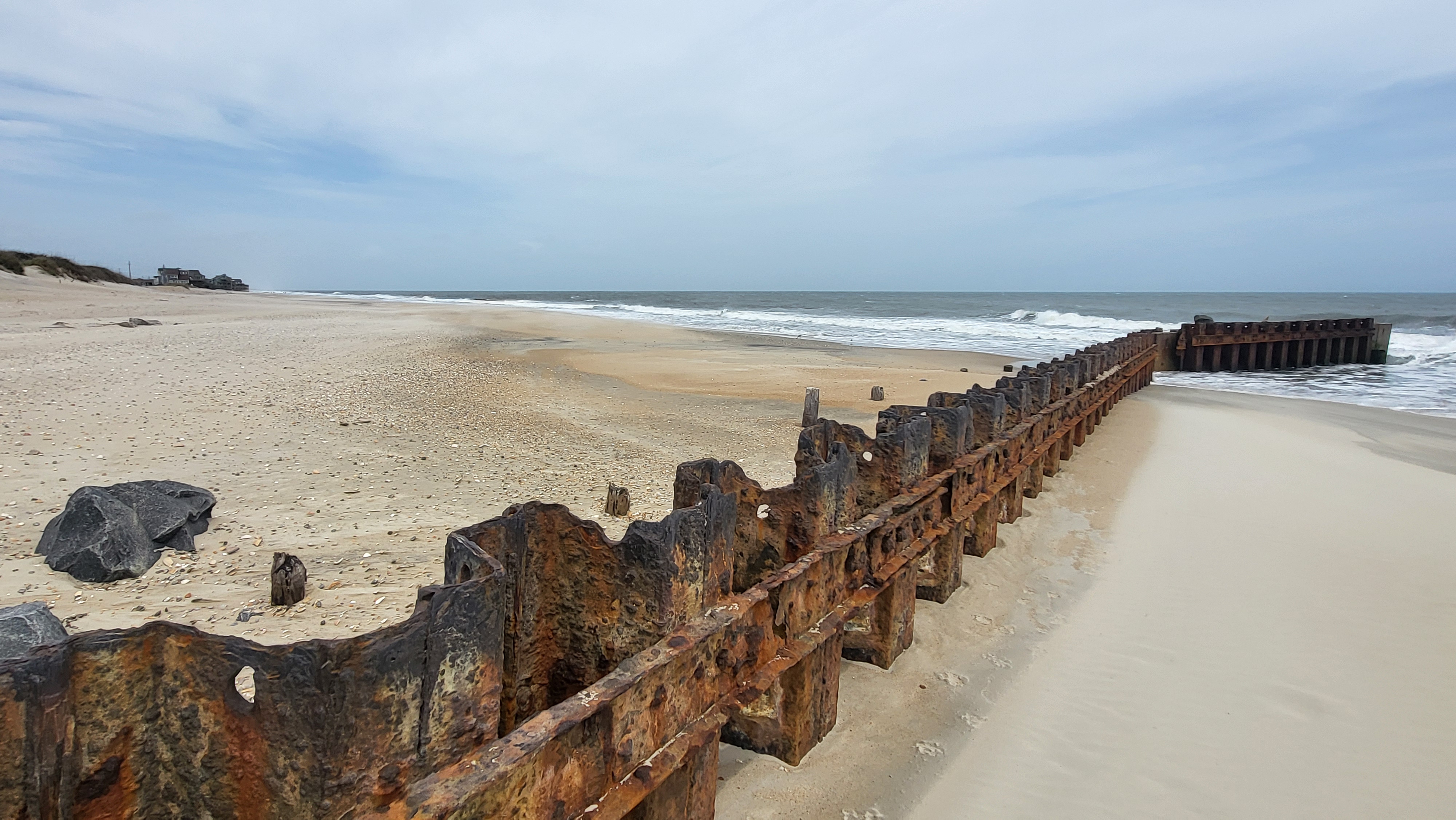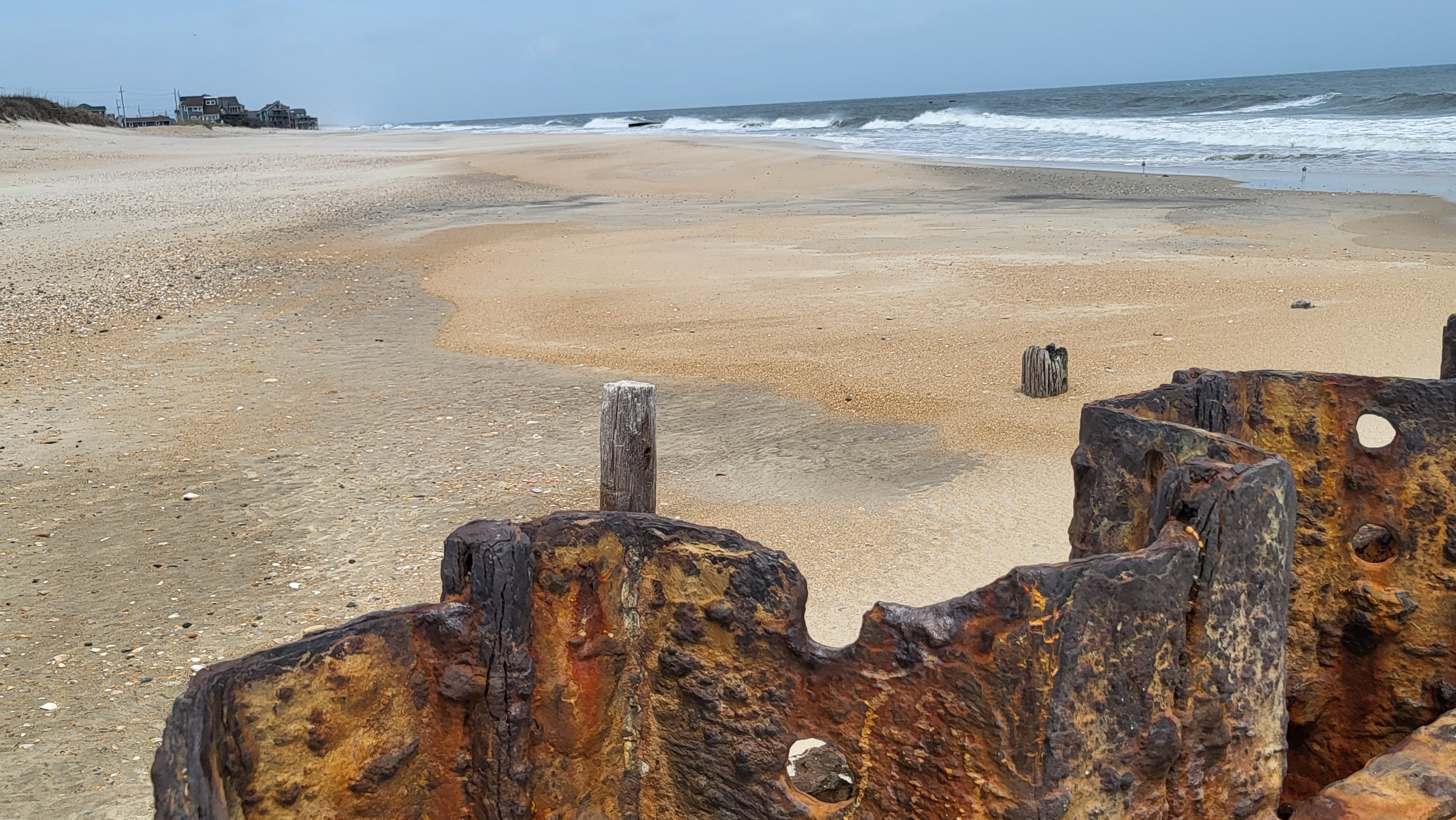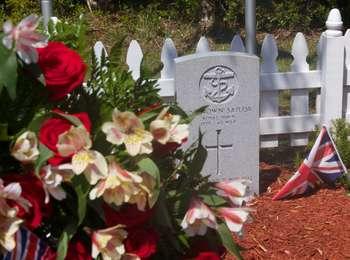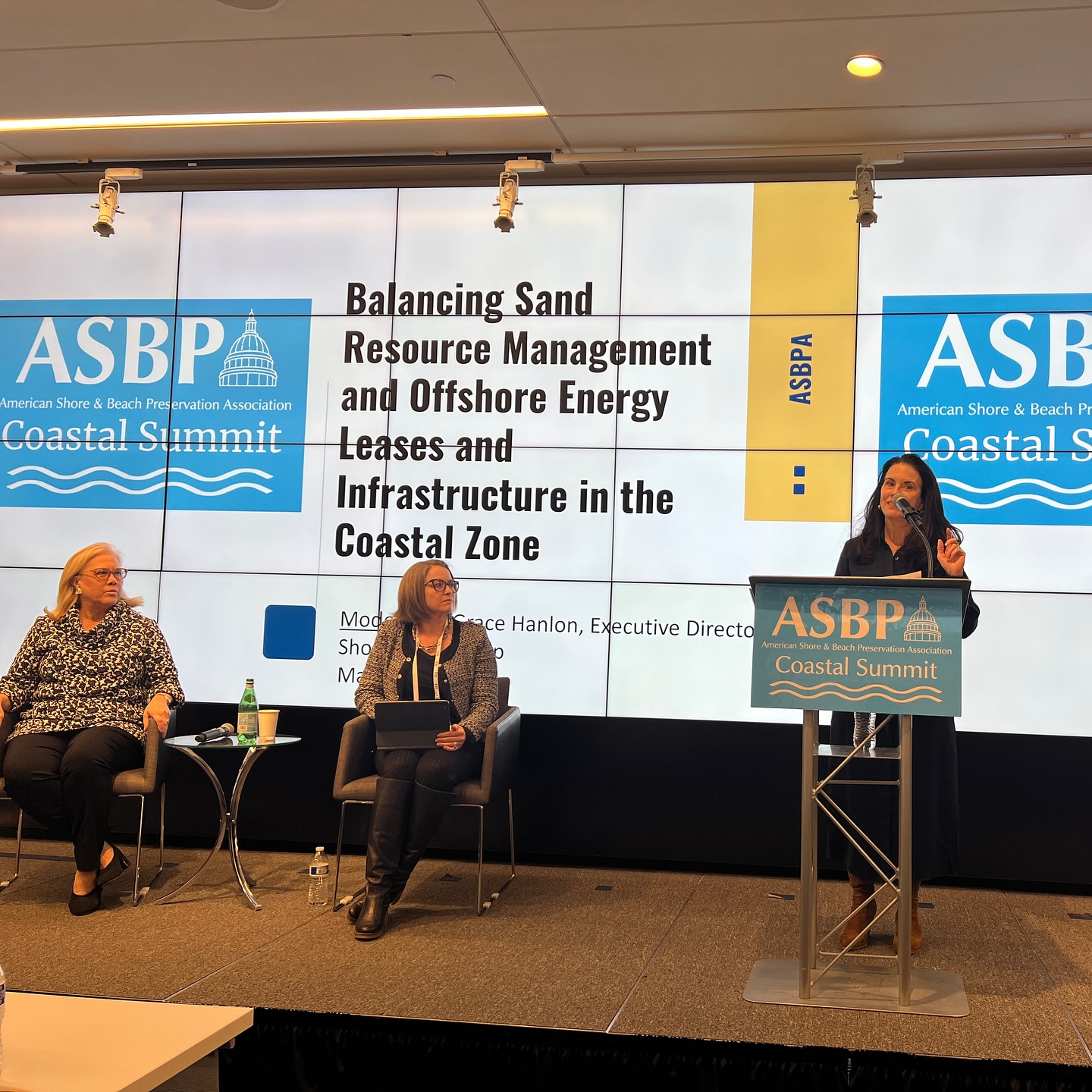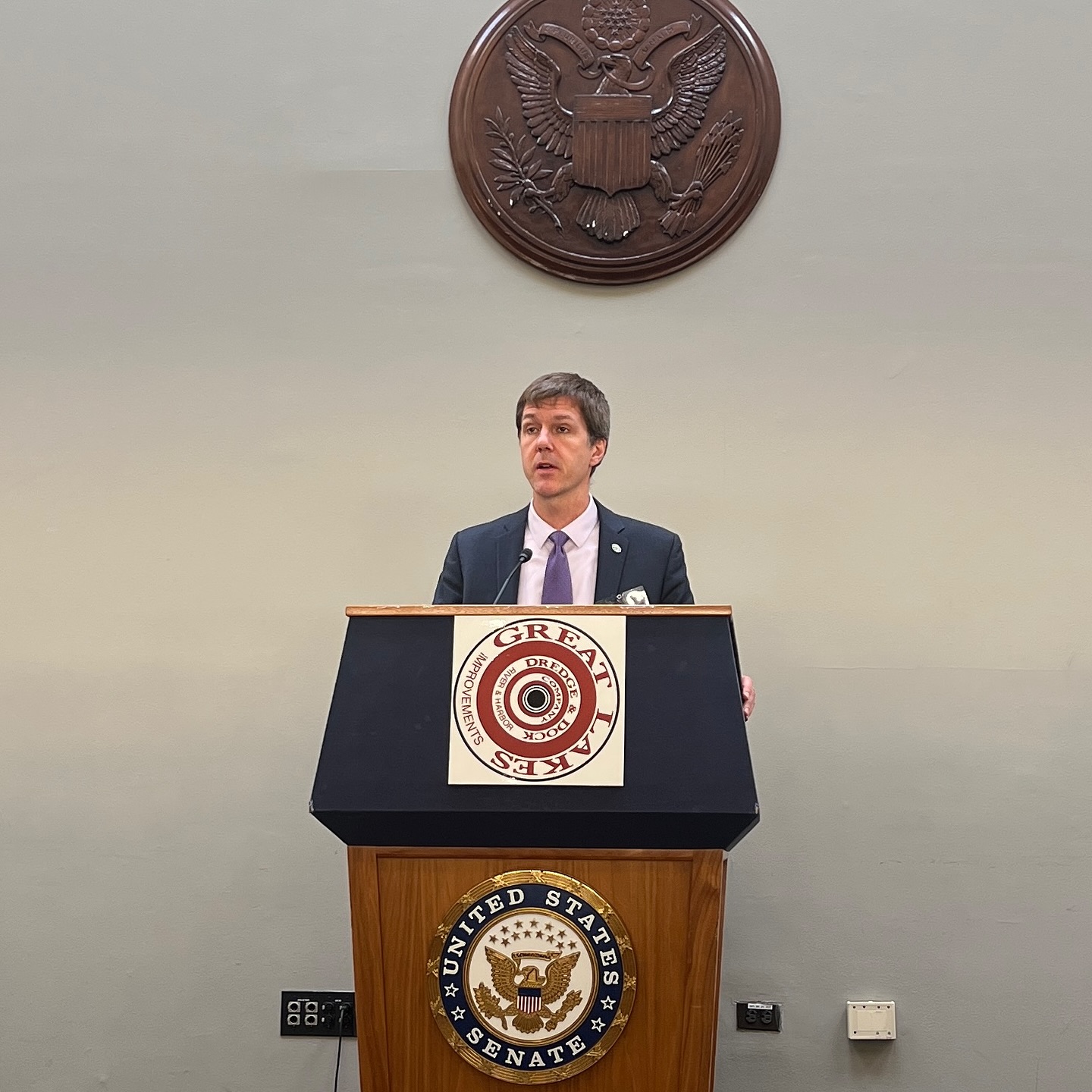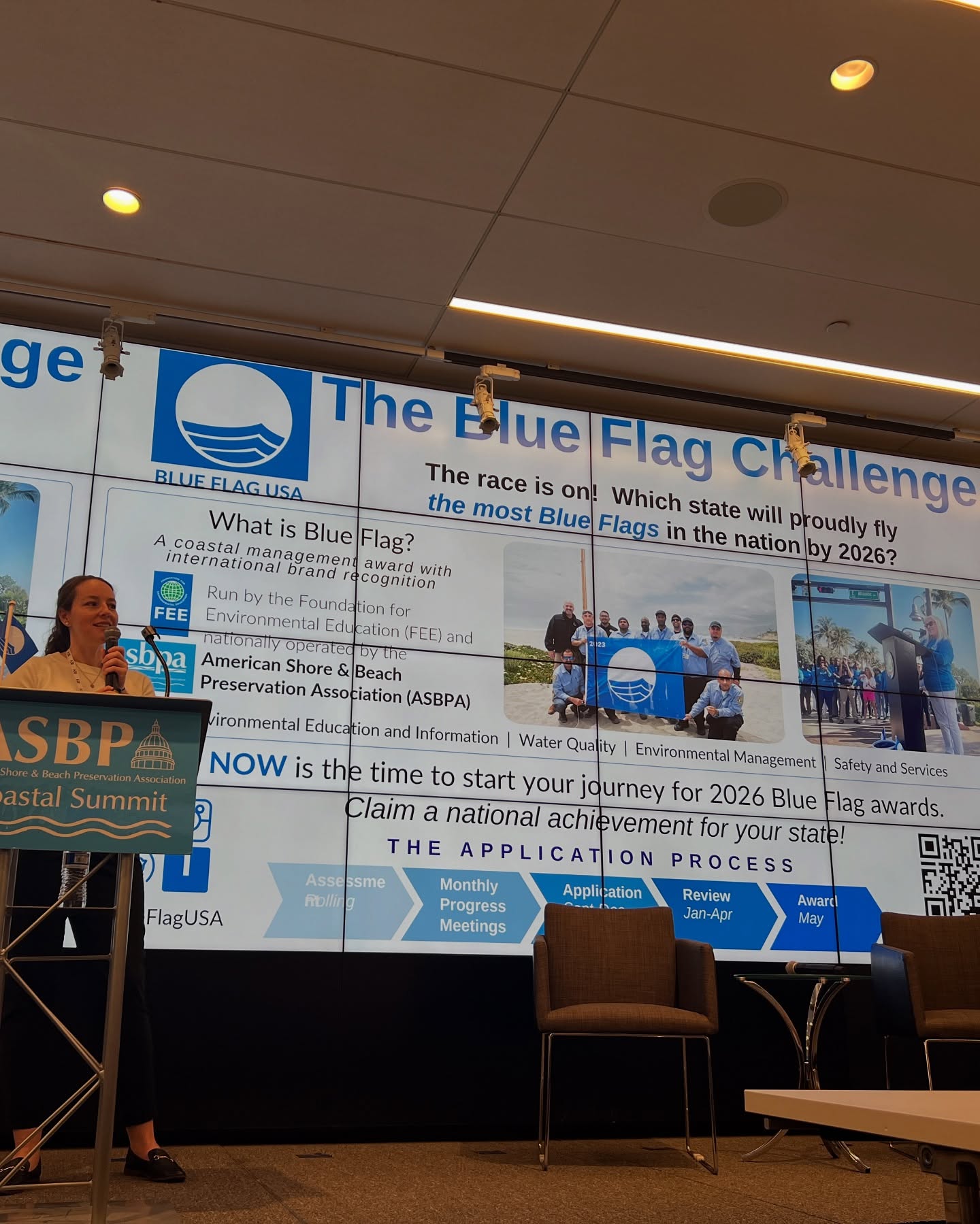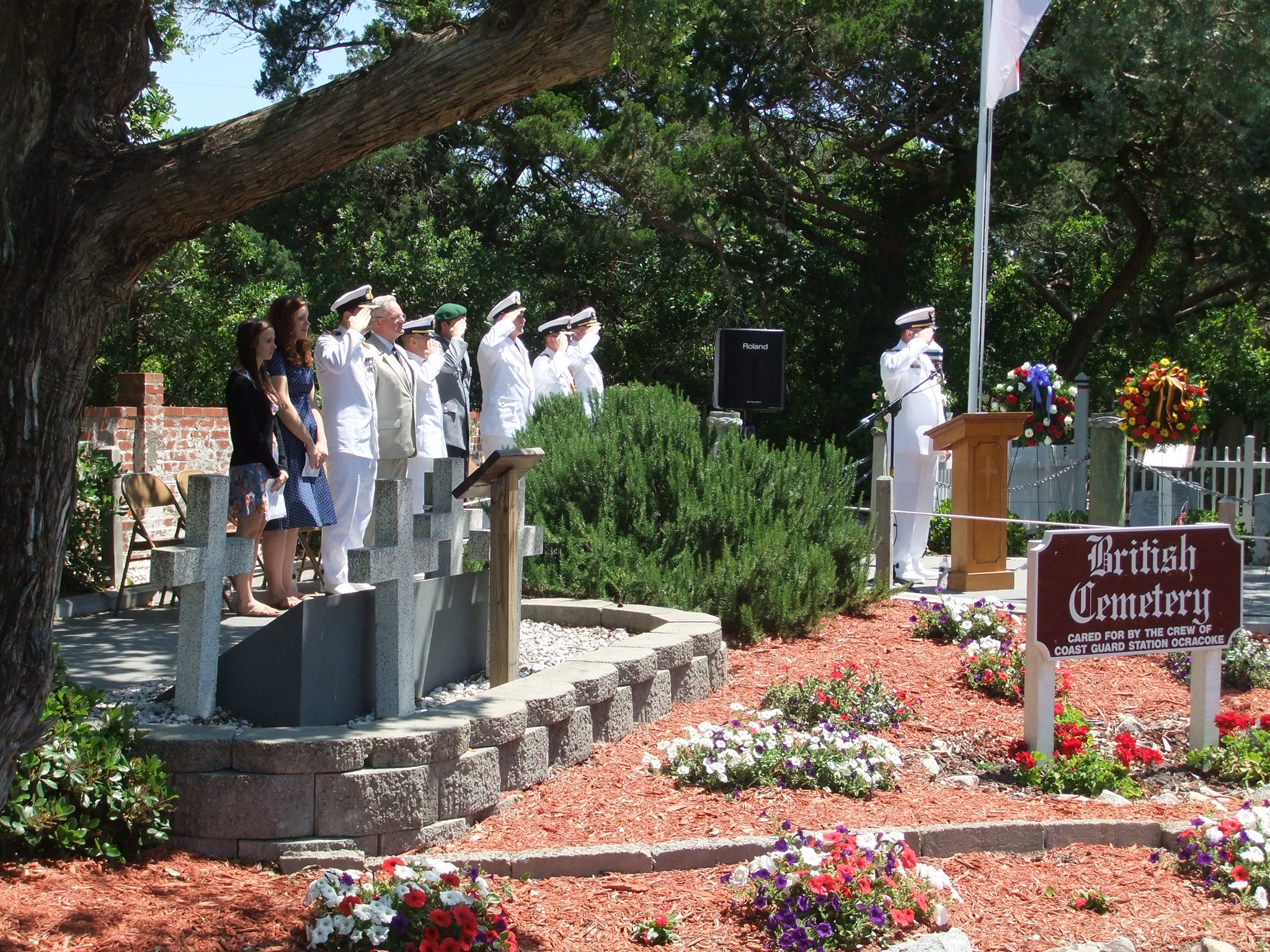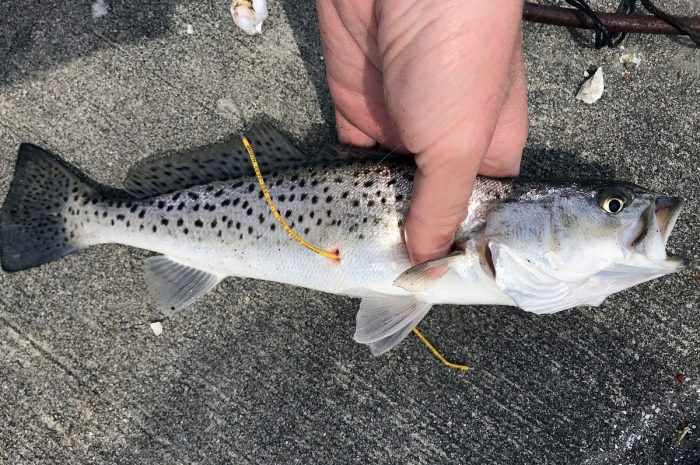Remembering the Move: The Story of Erosion at the Cape Hatteras Lighthouse
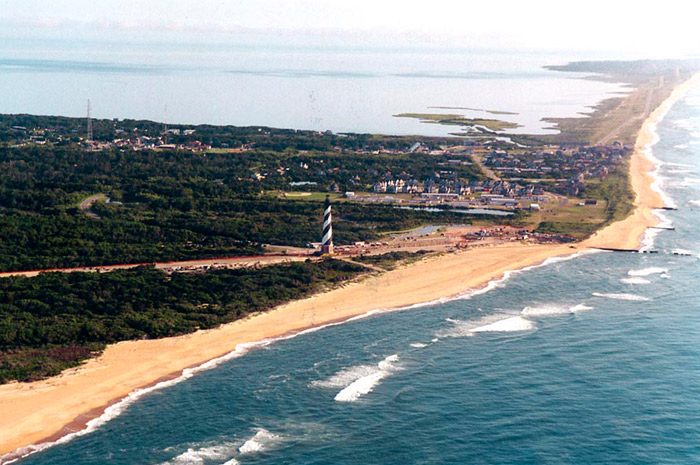
(This article is republished from an August 1999 special section of The Island Breeze on the move of the Cape Hatteras Lighthouse.)
In 1870 when it was built, the Cape Hatteras Lighthouse was 1,500 feet from the ocean. By 1919, the ocean had advanced to within 325-350 feet of the tower and by 1935, it was just 100 feet away.
In 1936, the Coast Guard abandoned the lighthouse and transferred ownership to the National Park Service. A light was placed on the top of a steel skeleton tower in the Buxton Woods to take over the duties of the lighthouse.
In the 1930s, the Civilian Conservation Corps, under the leadership of the National Park Service, began building a barrier sand dune system along the entire length of Hatteras Island. Construction of sand dunes was believed by many in the 1930s and 1940s to be a relatively inexpensive method of preventing overwash and resulting water damage to buildings behind the dunes.
Today, many scientists believe that while the dunes may prevent ocean overwash during minor storms, the dunes do not prevent the overall erosion process resulting from increasing sea level. The once-wide beaches along the Outer Banks have continued to narrow until in many places little or no park land exists between the ocean and structures built on land once “protected” by an apparently solid vegetative stabilized dune.
Also in the 1930s, sheet pile groins were installed on the beach near the lighthouse. By 1950, the shoreline appeared to have stabilized and the Cape Hatteras Lighthouse was back in service.
However, the erosion problems did not go away, and the beach in front of the lighthouse again started to narrow.
In 1966, more than 300,000 cubic yards of sand were pumped from the Pamlico Sound onto the beach in Buxton in front of the lighthouse. Because the sand from the sound is much finer, the ocean soon washed it away. In 1967, the Park Service began putting sandbags in front of the lighthouse to stop the erosion, and in 1969, the U.S. Navy built three reinforced concrete groins to protect its facility and the lighthouse. In 1971 and 1973, beach nourishment projects pumped millions of cubic yards of sand onto the lighthouse beach.
None of these measures has had much of a lasting impact on erosion of the lighthouse beach. In 1978, high tides began chipping away at the stone foundation of the old lighthouse ruins, and two years later, a severe blizzard in March destroyed the remaining lighthouse ruins.
Beginning in 1981, a type of artificial seaweed, called Seascape, was installed offshore of the lighthouse. More sandbags and piles of rubble were placed on the beach to keep the ocean at bay.
In April, 1982, a public workshop outlined goals and alternatives for interim and long-range protection for the lighthouse. In July of that year, an environmental assessment was circulated listing protection alternatives developed by the Corps of Engineers. The preferred alternative for long-term protection was a seawall (revetment) encircling the lighthouse. Other alternatives under consideration included moving the lighthouse, offshore breakwaters, and additional groins.
Interim protection measures continued through the ’80s, including more sandbags and repair and improvement work on the groins.
In 1987, the National Park Service contracted with the National Academy of Sciences (NAS) for an independent review of long-term protection measures, considering risks, environmental impacts, visitor impacts, and costs.
The following year, NAS presented its final report, “Saving Cape Hatteras Lighthouse from the Sea,” which recommended that the lighthouse be relocated.
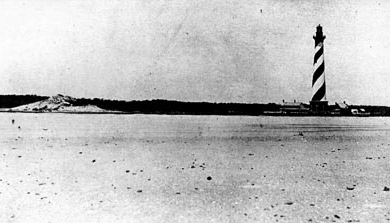
A committee formed by the National Park Service established the preferred relocation site and work was begun on an environmental assessment.
In 1989, the National Park Service formally recommended relocation of the lighthouse.
In 1990, a contract for $946,380 was awarded to International Chimney, Corp., of Buffalo, N.Y., to perform structural integrity restoration of the lighthouse. Completion of this project improved the lighthouse’s ability to withstand the rigors of relocation.
Storms continued to batter the lighthouse through the early 1990s. The Park Service continued to repair dunes and groins and replace sandbags, while exploring long-term options.
In 1995, the Park Service supported two studies on interim protection management. The U.S. Army Corps of Engineers prepared specifications and impact analysis of the installation of a new fourth groin to be added south of the existing groinfield. The study included an estimate of the erosion control effectiveness and longevity of the structure. A committee of noted coastal engineers and geologists, headed by Dr. Robert Dolan of the University of Virginia, prepared a report which synthesized the current knowledge of coastal erosion, inshore ocean climate including bottom conditions, and storm history in the vicinity of the lighthouse.
In early 1996, Cape Hatteras National Seashore Superintendent Russell Berry and North Carolina State Senate Pro Tempore Marc Basnight presided over an informal public meeting in Buxton to discuss saving the lighthouse. Later that year, Basnight commissioned a team of North Carolina State University engineers and coastal geologists/ecologists to revisit and assess the 1988 National Academy of Sciences Report. The NC state scientists endorsed the NAS report and recommended relocation.
The relocation project was estimated to cost $12 million, and in 1997, $2 million was included in the federal budget for site and design work on the move.
It was about this time that local opposition to the lighthouse move began to gather steam. Everyone, it seemed, wanted to see the beloved landmark saved from the sea, but not everyone wanted to see it moved.
Move opponents were motivated by a fear that the lighthouse wouldn’t survive the move, by the fear of an economic catastrophe on the island if it didn’t, and by the desire to see the sentinel remain in its historic location by the sea.
In 1998, opposition to the move continued to swell. A public meeting was held in Manteo by North Carolina Sen. Lauch Faircloth and Third District Congressman Walter Jones to hear reports from agencies and organizations involved in the relocation issue, and to provide a forum for private, individual citizens to express their opinions.
Much of the opposition to the move was led by the late Hugh Morton, president of the Grandfather Mountain Corp., and his Save the Cape Hatteras Lighthouse Committee, which consisted of a number of prominent North Carolinians.
On the island, “Save, Not Move” bumper stickers began appearing on cars, and islanders urged the Park Service to explore the alternative of a fourth groin to help the beach erosion.
Before 1998 ended, the National Park Service had awarded the contract for the relocation to International Chimney, Congress had appropriated the final $9.8 million for the move, and Dare County had filed suit in federal court to try to stop the move.
The preparations for the move got underway at the Cape Hatteras Light Station in January. In March, a federal district court judge dismissed the Dare County lawsuit. The commissioners voted not to appeal.
The rest, as they say, is now history.



